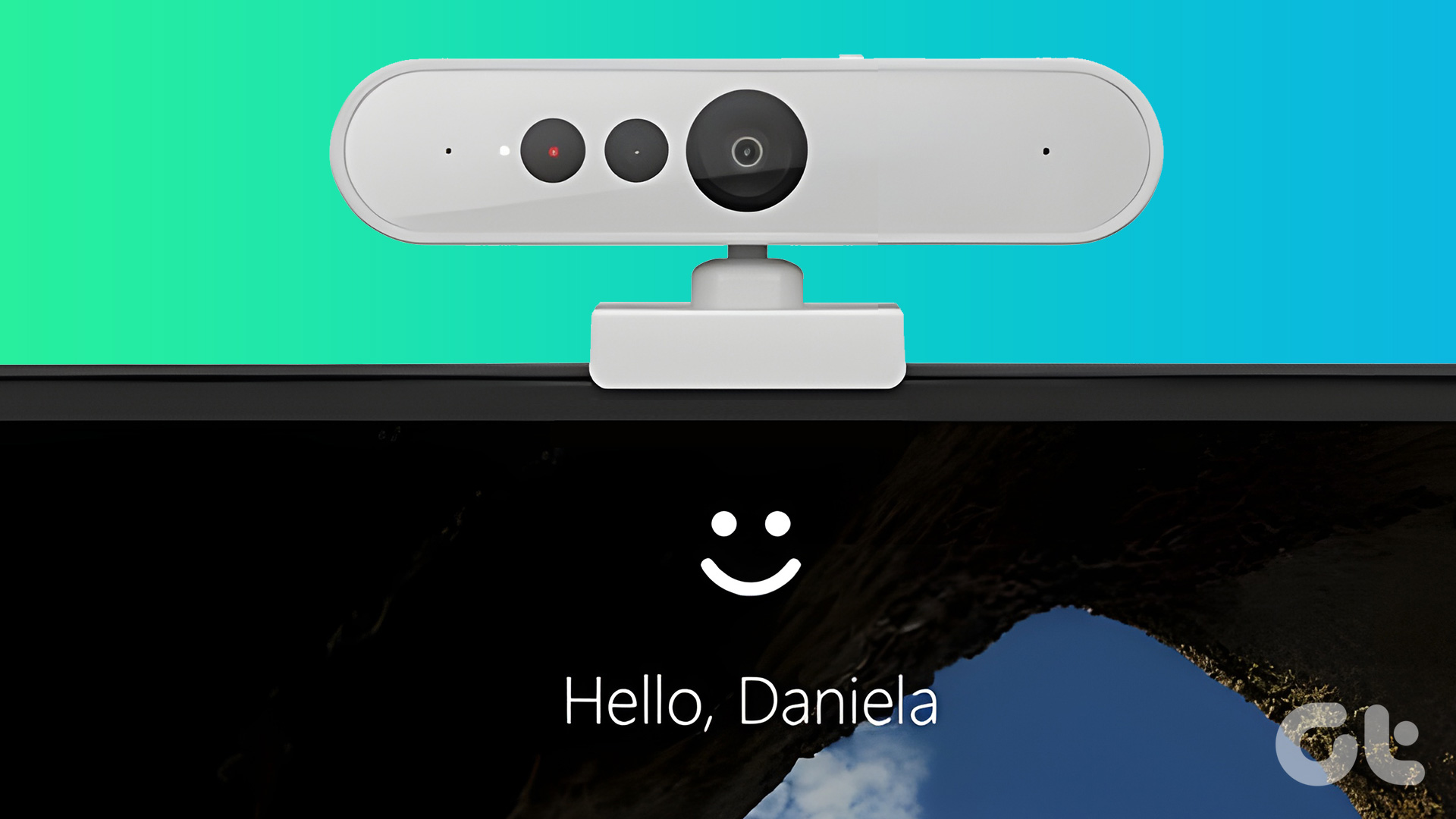Humidifiers and dehumidifiers are two entirely different machines. However, not everyone can spot the difference immediately. People often get confused when it comes to choosing the right one they need to improve their environment’s air quality. Humidifiers help combat low humidity by adding moisture to the air in the form of liquid mist/vapor. Dehumidifiers, on the other hand, remove moisture from the atmosphere. Which one do you need? why? We try to answer these questions in the paragraphs below. Before we proceed to talk about features that differentiate both devices, here’s a little brief on humidity, its importance in the atmosphere, and the effects of its insufficiency thereof.
Humidity and Your Environment
According to the United States Environmental Protection Agency (US EPA), the optimum humidity level for healthy indoor environment quality is between 30 – 50%. It is recommended that the atmospheric humidity in your homes and offices should never go below or above this range. Low indoor humidity levels can birth health, skin, and respiratory complications like sinusitis, itchiness due to cracked skin, etc. Pre-existing health conditions like asthma can also be triggered when the level of atmospheric moisture in your environment is lower than average. Pro Tip: A hygrometer is the instrument used to measure the amount of humidity and water vapor in the atmosphere. Some smart thermostats are also able to measure humidity levels. Should the humidity level in your home also get too high, it’s just as detrimental as the lack of it. Excessive atmospheric moisture could promote certain illnesses. That is because a bump in moisture level to anything above 60% causes lethal disease-causing bacteria, molds, and dust mites to thrive. Do you now see reasons why you should also pay attention to your environment’s humidity level just as much as you monitor the temperature? Now, let’s segue into the role of humidifiers and dehumidifiers in controlling atmospheric moisture.
What Do These Devices Do
Both devices help to regulate the amount of humidity in your environment, but they function differently. As earlier mentioned, a humidifier adds moisture to the air, thereby increasing the atmospheric humidity level. A dehumidifier does the opposite — reduces atmospheric humidity by removing vapor from the air.
Usage Period
Typically, you’d want to have a humidifier in your home during winter or periods of cold weather conditions. That is because there is limited moisture present in cold air and humidity level is generally low during such periods. You would want to invest in a humidifier during these periods. That would help raise your room’s humidity level and avert negative effects that might result from dry air. If it rains a lot during a certain period, a dehumidifier is what you need. The atmospheric moisture level of a room increases when it rains. Warm air, on the other hand, tends to carry moisture. And that is why you should buy a dehumidifier when the climate in your region is warm or humid. To be sure about which to use, you should occasionally check the readings from your hygrometer or thermostat. This way, whenever air moisture moves above or below the recommended range, you’d know which of the duo (humidifier or dehumidifier) to crank up.
Mode of Operation
About their mechanism of operation, depending on the type, humidifiers come with a tank and an atomizer plate for converting the tank water into warm or cool mist for dispersing the air. Some models have filters that remove minerals and eliminate bacteria from the water present in the tank. It is also common to find humidifiers with aesthetic illumination that helps improve environmental ambiance. For dehumidifiers, the device draws the air first through a grill opening by a fan. Afterward, the moisture/humidity in the air is removed by a coolant or water-absorbing material into the dehumidifier’s tank. The moisture-free air is finally supplied back to the environment via another opening. While you have to occasionally (re)fill the tank of a humidifier with water, the tank or moisture-collection tray of dehumidifiers must be emptied often. Lastly, it will take a humidifier lesser time to disperse moisture into the atmosphere than it would take a dehumidifier to remove an equal amount. That has been experimented and proven.
Which One Do You Need
Both humidifiers and dehumidifiers are designed to improve the air quality of your environment. We’ve briefly highlighted some consequences that could arise from failure to regulate atmospheric humidity and how these two devices can help. Which of the devices you’d use entirely depends on the amount of moisture present in your home at a given time. You’d be able to accurately measure that using a hygrometer or a smart thermostat which reads a room’s humidity level. Next up: Humidifiers and Diffusers are another pair of similar devices. In the article linked below, we break down the differences between both devices and which one is worth your money. The above article may contain affiliate links which help support Guiding Tech. However, it does not affect our editorial integrity. The content remains unbiased and authentic.















